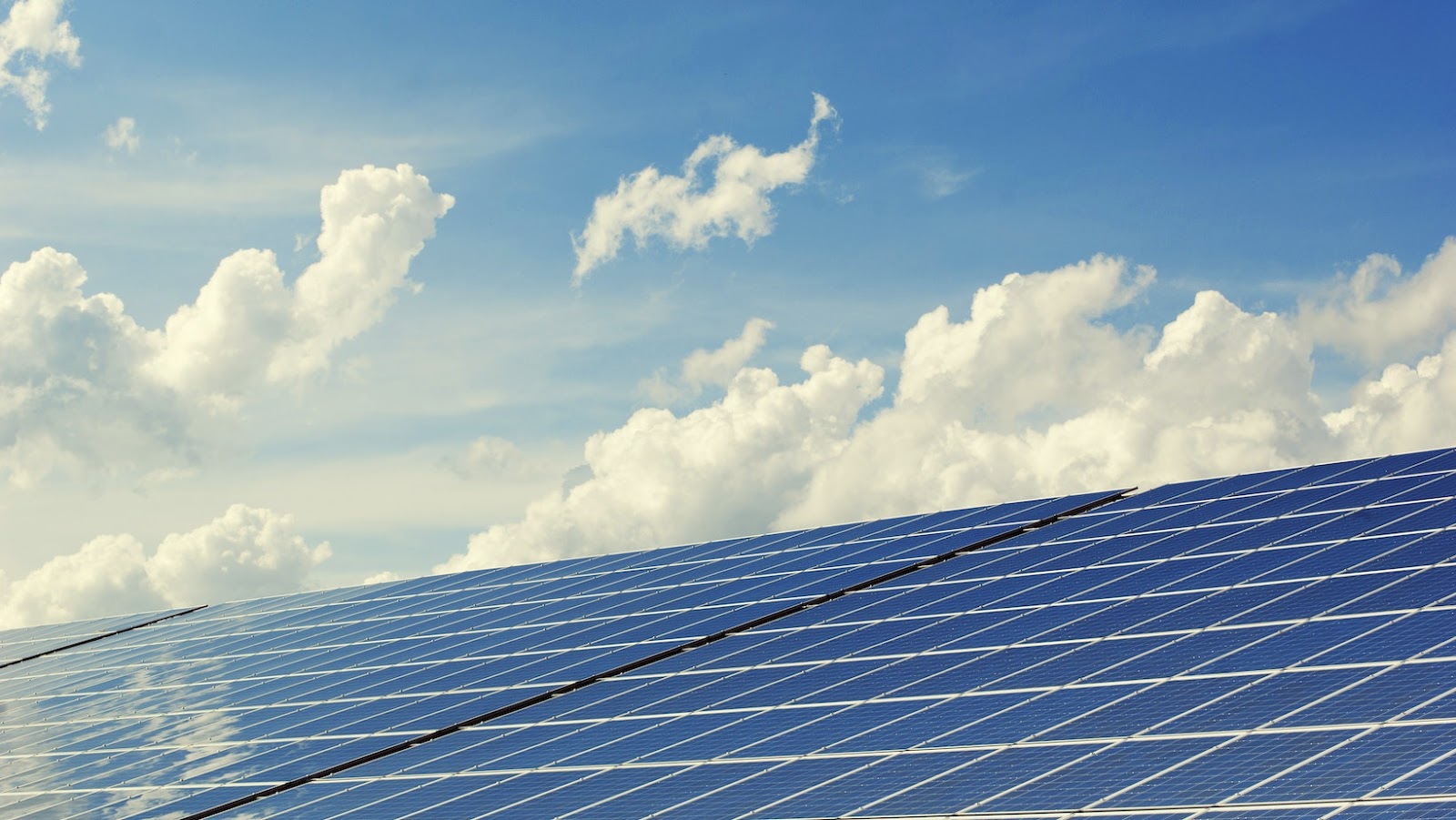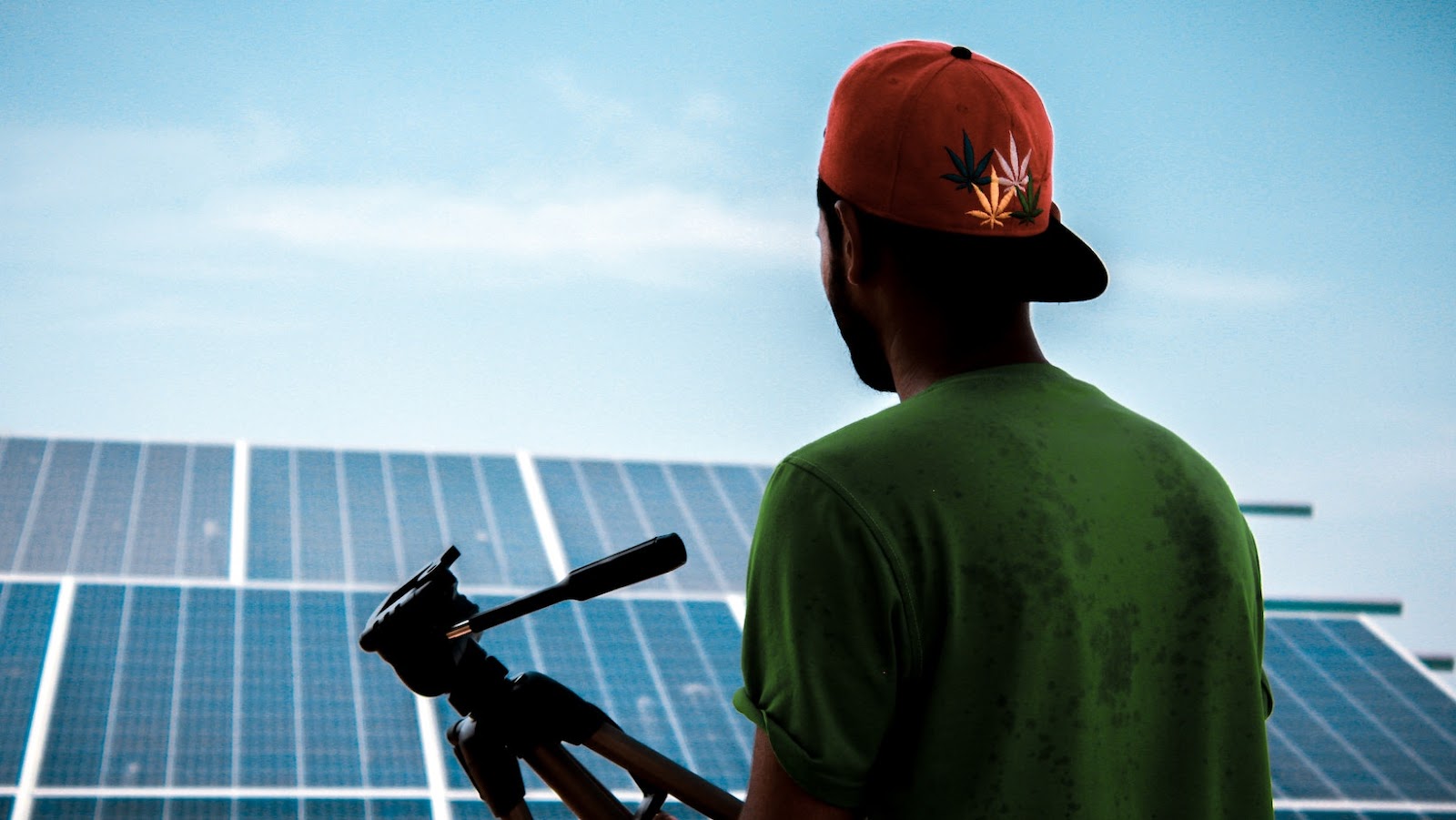Are you looking to reduce your energy bills while contributing to the protection of the environment? Solar panel technology could be your answer!
This article will help you understand the basics of how solar panels work and guide you in setting up a solar LED backyard lighting system. Get ready to take advantage of clean and renewable energy!
Introduction to Solar Panel Technology
Solar panel technology is a type of renewable energy technology that harnesses energy from the sun to generate electricity. The process involves the use of photovoltaic cells, which convert sunlight directly into electrical energy. Each solar cell is made up of layers of silicon, a semiconducting material that captures electrons when exposed to sunlight. When the electrons move through the cell, they generate an electrical current, which can then be used as electricity.
Building your own solar LED backyard lighting is a great introductory project to solar panel technology, as it allows you to apply some of the basic principles and create a functioning solar-powered system. With just a few basic components, such as a solar panel, rechargeable batteries, and LED lights, you can create an eco-friendly lighting solution for your outdoor space. Pro tip: Always be careful when working with electrical components and be sure to follow proper safety procedures.
How To Build Your Own Solar Led Backyard Lighting
Solar panel technology has become increasingly popular due to its many benefits. Here are some of the key advantages you can experience with solar panels:
- Reduce energy bills: Solar panels allow you to generate your own electricity, which means you can use less energy from your utility provider and save money on your monthly bills.
- Environmentally friendly: Solar power is a clean and renewable energy source, which means it doesn’t produce harmful emissions like other energy sources that harm the environment and contribute to climate change.
- Low maintenance: Solar panels require minimal maintenance and have a lifespan of up to 25 years. Regular cleaning and occasional repairs are all that’s needed to keep your solar panels working properly.
- Grid independence: By installing a battery backup system, you can store excess energy your solar panels generate and use it during power outages or when you need it most.
By utilizing solar panel technology, you can reduce your energy bills, help the environment, enjoy low maintenance costs, and become grid independent.
Pro Tip: If you are planning to install solar panels, it’s recommended to consult a professional to ensure the best results.
Types of Solar Panels
Solar panels come in various types, but the most popular ones used in homes are monocrystalline, polycrystalline, and thin-film solar panels.
- Monocrystalline: This type of solar panel is made from a single silicon crystal, and it has a high efficiency rate due to its purity. Monocrystalline panels are also aesthetically pleasing, making them a popular choice for residential installations. The only downside is that they are expensive.
- Polycrystalline: Polycrystalline solar panels are made from multiple silicon crystals and have a lower efficiency rate than monocrystalline panels. However, they are more affordable and have a blue color, which some people prefer.
- Thin-film: Thin-film solar panels are lightweight and flexible, making them a popular choice for commercial and industrial installations. They have a lower efficiency rate than crystalline panels, but they also have a lower cost. Thin-film panels come in different materials, such as cadmium telluride, copper indium gallium selenide, and amorphous silicon. Thin-film panels are perfect for irregular surfaces but require more space to produce the same amount of energy as crystalline panels.

How Solar Panels Work
Solar panels are a form of renewable energy that converts sunlight into electrical energy. Here’s how solar panels work in simple terms:
The solar panel is made up of numerous photovoltaic (PV) cells, which are responsible for converting sunlight into usable electricity. When the sun shines on a solar panel, the PV cells absorb the energy from the sunlight and release electrons that flow through a circuit. This flow of electrons creates a direct current (DC) of electricity which is then transported to an inverter.
The inverter then converts the DC electricity into alternating current (AC) electricity, which is used to power appliances in your home. To build your own solar LED backyard lighting, all you need are solar panels, a battery, an inverter, and an LED light bulb. Connect the solar panels to the battery using a charge controller, and connect the battery to the inverter. The inverter converts the DC electricity from the battery into AC electricity that can be used to power the LED light bulb.
Pro tip: Make sure to place the solar panels in an area that receives plenty of direct sunlight to increase the efficiency of your solar panel system.
DIY Solar Panel Installation
DIY solar panel installation is an effective way to harness the power of the sun and reduce your carbon footprint. Before building your own solar LED backyard lighting, it’s essential to understand the basics of solar panel technology.
Here are a few key points to keep in mind when building your own solar LED backyard lighting:
- Solar panels require direct sunlight to function and produce energy.
- The angle and orientation of your solar panels can impact their efficiency.
- The battery storage system you choose is critical to ensuring your solar panel system operates efficiently.
- It’s essential to select high-quality solar panels and other components to ensure maximum efficiency and longevity.
Once you have a solid understanding of the basics of solar panel technology, you can begin building your solar LED backyard lighting system. Remember to always follow safety guidelines and seek professional help if necessary.
Cost and Maintenance of Solar Panels
Solar panels are an eco-friendly and cost-effective way to generate electricity for your home. However, they require an initial investment and regular maintenance to keep them functioning optimally.
Here’s a breakdown of the cost and maintenance involved in solar panel technology:
- Cost: Solar panels can cost anywhere from $3,000 to $10,000, depending on the size and quality of the system. Installation costs can add an additional $2,000 to $5,000 to the total bill.
- Maintenance: While solar panels require minimal maintenance, they do need to be cleaned periodically to remove dirt and debris. It’s also important to inspect the panels for damage, such as cracks or loose connections, and to replace any faulty parts promptly.
Pro tip: Consider building your own solar LED backyard lighting as a fun and cost-effective way to get started with solar technology. You can find plenty of DIY guides online to help you get started.

DIY Solar LED Backyard Lighting
Building your own solar LED backyard lighting is a fun and eco-friendly DIY project that can save you money on energy bills. The basics of solar panel technology are easy to understand and follow, making it accessible for beginners.
To build your solar LED backyard lighting, you’ll need a few basic components:
- Solar panels: These convert sun rays into electricity to power your lights.
- LED lights: These use less energy and last longer than traditional bulbs.
- Rechargeable batteries: These store extra energy generated by solar panels for use at night.
Once you have these components, follow these steps:
- Choose a location for your backyard lighting where it can access maximum sunlight.
- Install or mount the solar panels in this location, facing south or west for maximum sun exposure.
- Connect the solar panels to the LED lights using the rechargeable batteries.
- Turn on your lights and enjoy your new, eco-friendly backyard lighting!
Pro tip: Use a variety of LED lights for different effects, such as string lights or colored bulbs, to create a unique ambiance in your backyard.
Conclusion
In conclusion, solar panel technology has revolutionized the way we generate energy from renewable sources, providing a sustainable and cost-effective solution to power our homes and businesses. By understanding the basic principles behind solar panel technology, we can harness the power of the sun to reduce our carbon footprint and save money on our energy bills.
Building your own solar led backyard lighting is an excellent way to start using solar energy in your everyday life. With a little bit of research and effort, you can create a customized solar lighting system that suits your needs and style, while reducing your environmental impact. So why not give it a try and see for yourself the benefits of solar power.
